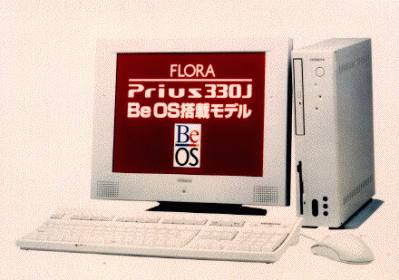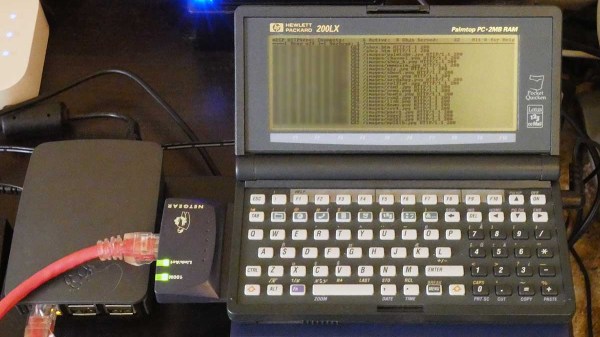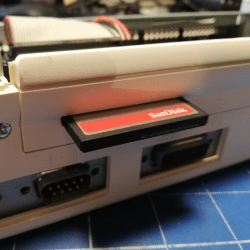
In the innocent days of the early 90s the future of personal computing still seemed to be wide open, with pundits making various statements regarding tis potential trajectories. To many, the internet and especially the World Wide Web didn’t seem to be of any major significance, as it didn’t have the reach or bandwidth for the Hot New Thingtm in the world of PCs: multimedia. Enter the CD-ROM, which since its introduction in 1985 had brought the tantalizing feature of seemingly near-infinite storage within reach, and became cheap enough for many in the early 90s. In a recent article by [Harry McCracken] he reflects on this era, and how before long it became clear that it was merely a bubble.
Of course, there was a lot of good in CD-ROMs, especially when considering having access to something like Encarta before Wikipedia and broadband internet was a thing. It also enabled software titles to be distributed without the restrictions of floppy disks. We fondly remember installing Windows 95 (without Internet Explorer) off 13 1.44 MB floppies, followed by a few buckets of Microsoft Office floppies. All pray to the computer gods for no sudden unreadable floppy.
Inevitably, there was a lot of shovelware on CD-ROMs, and after the usefulness of getting free AOL floppies (which you could rewrite), the read-only CD-ROMs you got in every magazine and spam mailing were a big disappointment. Although CD-ROMs and DVDs still serve a purpose today, it’s clear that along with the collapse of the Internet Bubble of the late 90s, early 2000s, optical media has found a much happier place. It’s still hard to beat the sheer value of using CD-R(W)s and DVD-/+R(W)s (and BD-Rs) for offline backups, even if for games and multimedia they do not appear to be relevant any more.
If you’re interested in another depiction of this period, it’s somewhere we’ve been before.




















